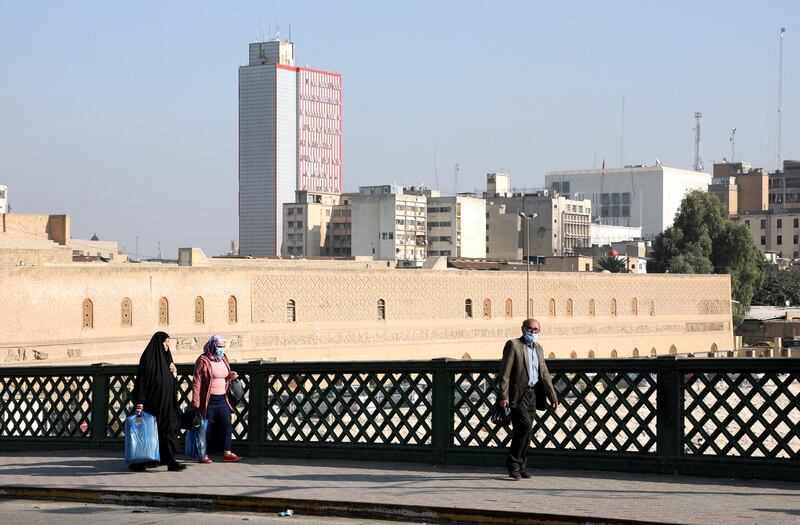The devaluation of the Iraqi dinar will bolster the country’s near-term fiscal position by boosting oil revenues in local currency terms, helping it to narrow its deficit, ratings agency Moody’s Investors Service said.
Opec’s second-largest producer depends on oil revenue to meet 90 per cent of government expenditure and most of its borrowing has been done by buying short-term US goverment paper, which has eroded its foreign currency reserves.
“The devaluation will slow the erosion of Iraq’s foreign currency buffers, preserving them for external debt service and supporting the sovereign’s creditworthiness,” Alexander Perjessy, vice president – senior analyst, and Gerard Arabian, associate analyst at Moody’s Sovereign Risk Group, said.
Faced with the twin shocks of dwindling oil revenue and the coronavirus-induced economic slowdown, Iraq devalued its currency by about 23 per cent against the US dollar on December 20, the first time the peg was adjusted since 2015.
The Central Bank of Iraq set the exchange rate at 1,450 dinars per dollar, from a peg of 1,182 dinars, for sales to the finance ministry. The dinar will be sold to the public at 1,470 and to other banks at 1,460.
According to Moody’s, Iraq government revenue dropped more than 40 per cent during the first 10 months of 2020 compared with the same period in 2019, while the fiscal deficit widened to $12.5 billion. Sharply lower oil prices also weakened Iraq’s current account balance and led to a significant decline in central bank foreign currency reserves to $50.1bn in November 2020 from $63.5bn in April 2020.
The ratings agency said the near-term impact of the devaluation on Iraq’s debt will be mixed. It is expected to increase Iraq’s debt-to-GDP ratio by around 2 percentage points but reduce its debt-to-revenue ratio by around 6 percentage points.
The currency devaluation is likely to result in an increase in inflation, given that Iraq imports much of its food and consumer goods. Inflation is currently low, averaging less than 0.5 per cent annually in the first 10 months of last year, and only rising by 2 per cent over the past decade, Moody's said.
Any rise in inflation carries political and social stability risks, however.
“An escalation of social unrest, fuelled by rising prices, could further delay Iraq’s fiscal adjustment and structural reforms,” the Moody’s analysts said.
Moreover, if Iraq does not implement structural reforms to reduce the size of its public sector wage and pensions bills, lower energy subsidies and increase non-oil revenues, the relief provided by the currency devaluation may only be temporary.
If oil prices remained subdued and the government is unable to control spending this year, the Central Bank will face pressure to devalue the dinar further, risking an inflationary spiral, the report said.
In November, the World Bank said millions of Iraqis could be forced into poverty due to the twin shocks of the pandemic and the collapse of oil prices. Even in its “benign scenario”, about 5.5 million Iraqis could be pushed into poverty, the Washington-based lender said.








